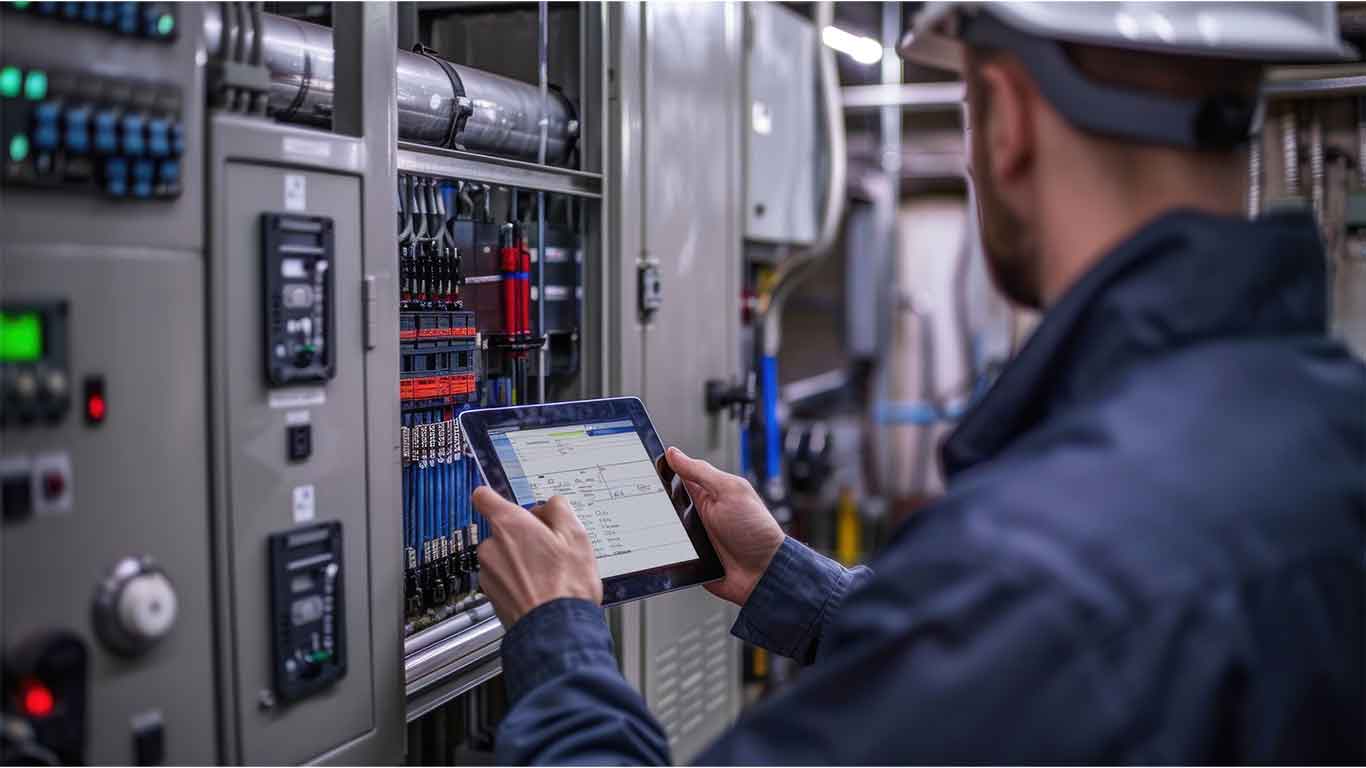As the industrial sector accelerates its digital transformation, edge computing is emerging as a critical piece of the puzzle—especially in instrumentation, where real-time insights and decentralized decision-making are paramount. For oil and gas operations, where latency, bandwidth, and security are persistent concerns, edge computing offers a way to enhance process efficiency without relying solely on cloud infrastructure.
What is Edge Computing?
In simple terms, edge computing refers to processing data at or near the source where it's generated—such as a field transmitter, flow meter, or local gateway—rather than sending it to a distant data center or cloud for analysis. This localized approach allows for faster processing, reduced network load, and better reliability.
In oil and gas applications, edge devices are often embedded in smart transmitters, RTUs (Remote Terminal Units), or edge-enabled PLCs (Programmable Logic Controllers). These systems can filter, analyze, and act on sensor data in real time.
Why Edge Matters in Instrumentation
Traditional SCADA and DCS systems are still vital, but they can be overwhelmed by the sheer volume of data generated by modern field devices. Edge computing acts as an intelligent buffer—delivering actionable insights while minimizing unnecessary data transmission.
Key Benefits:
- Real-Time Response: Process anomalies can trigger automated safety shutdowns without cloud latency.
- Reduced Bandwidth Needs: Only meaningful data is sent to higher-level systems, saving cost and reducing traffic.
- Improved Uptime: On-site analytics can detect and resolve issues even when network connectivity is lost.
- Enhanced Security: Sensitive data doesn’t need to leave the site, reducing exposure to cyber threats.
Real-World Applications
1. Pump Health Monitoring
Edge-enabled vibration sensors can detect early signs of mechanical wear. Instead of forwarding all raw data to the cloud, the sensor only reports when vibration exceeds a baseline—preventing failures without overloading analytics platforms.
2. Tank Level Control
Smart level transmitters with edge logic can monitor liquid levels and control valves autonomously. In remote sites with limited connectivity, this ensures operations continue uninterrupted even if communication to the central SCADA is lost.
3. Gas Leak Detection
Edge processors connected to gas sensors can instantly trigger alarms, activate fans, or shut down sections of a plant based on local conditions—critical in flammable or toxic environments.
Integration with AI and Predictive Maintenance
Edge computing isn't just about reactive logic—it’s enabling proactive performance. With the integration of machine learning algorithms at the edge, systems can predict equipment failure based on trending data and historical baselines.
Imagine a pressure transmitter that recognizes its own calibration drift and alerts maintenance before it causes product loss or safety issues. That’s the future IVAC is watching unfold—where instrumentation becomes intelligent, autonomous, and self-healing.
Challenges and Considerations
While promising, edge computing adoption in oil and gas isn’t without hurdles:
- Hardware Limitations: Not all field instruments are capable of edge processing—upgrades may be needed.
- Standardization: Diverse protocols and platforms make integration complex.
- Cybersecurity: Localized computing increases the number of endpoints to secure.
Still, for organizations willing to invest in modern infrastructure, the rewards are significant.
The Road Ahead
As edge computing matures, it’s not a matter of if—it’s when oil and gas operators will fully embrace distributed intelligence. Instrumentation will no longer simply record values—it will make decisions, optimize processes, and report only what matters.
At IVAC, we believe this shift is not only inevitable but essential to compete in a faster, leaner, more sustainable energy landscape.

